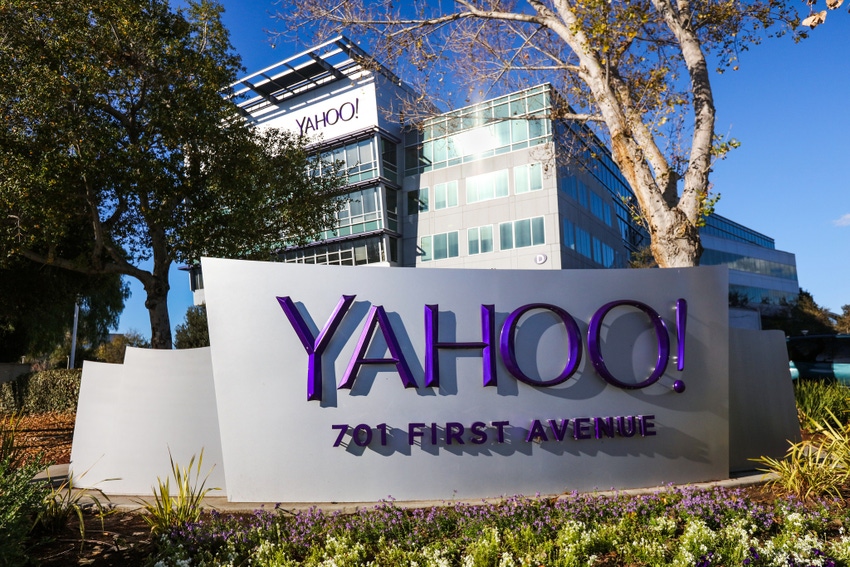The dust hasn’t even settled after the end of the Verizon/Yahoo saga, and one of the brands popular services, News Digest, is being axed.
June 23, 2017

The dust hasn’t even settled after the end of the Verizon/Yahoo saga, and one of the brands popular services, News Digest, is being axed.
The News Digest app, which has a strong following of 9.5 million users, has been consigned to the rubbish heap in favour of the more traditional Newsroom offering, according to the BBC. Users have been informed that support to the app will shut down before the app will be completely closed down at the end of the month.
We’ve been having a think about it, and we just can’t figure out why the team would consider this useful bit of kit as redundant.
The app itself was purchased from Nick D’Aloisio, who was rumoured to have been given $20 million and the promise of a job when he was 17, though the teenager turned down the opportunity of employment in favour of university. The app essentially compresses 6-8 stories into shorter articles, twice a day, before sending alerts out to users.
At a time where news and content seems to be everywhere, this is an immensely useful piece of kit, and it was received very well by time-constrained users. 9.5 million users in a matter of three years is nothing to turn your nose up at. But what we really can’t understand is why you would get rid of an app with such brilliant potential.




In the digital economy where experience is the key buzzword, this is a platform which is prime for customized content. Whether it would be region, political lean, content, specific writers, or whatever, the potential for users to create their own news stream was there. The idea of customization is something every news site tries to create for the reader, but Yahoo/Verizon is ditching one of the few apps which seem prime for it. We just don’t get it.
It seems this is an example of a corporation thinking it can reinvent the wheel and do media. It looks like streamlining operations and compressing costs is the objective here, but this is a slight contradiction from the approach of another corporation which decided to dabble in the media world.
Back in 2013, Amazon founder Jeff Bezos spent $250 million of his own cash purchasing The Washington Post, and contrary to popular movements of trimming costs in the media world, he invested.
“We run Amazon and The Washington Post in a very similar way in terms of the basic approach,” Bezos said at a conference in Turin. “We attempt to be customer-centric, which in the case of the Post means reader-centric. I think you can get confused, you can be advertiser-centric – and what advertisers want, of course, is readers – and so you should be simple-minded about that and you should be focused on readers. If you can focus on readers advertisers will come.”
Bezos noted that when he took over the paper, it had a good reputation and a good newsroom, but was stripping back staff. Since then he has added 140 reporters, encouraging experimentation with new ideas and basically thrown cash at the newsroom. In his own words, “we’ve grown our way into profitability instead of shrinking our way into profitability”.
Bezos turned a profit at The Washington Post last year, and expects to do the same this year. If Verizon wants to fulfil its ambitions of being a major player in the media world, ditching an app which has a strong following and the technological potential to become a customization poster boy might not be the right way to go about it.
About the Author(s)
You May Also Like








.png?width=300&auto=webp&quality=80&disable=upscale)


_1.jpg?width=300&auto=webp&quality=80&disable=upscale)


.png?width=800&auto=webp&quality=80&disable=upscale)